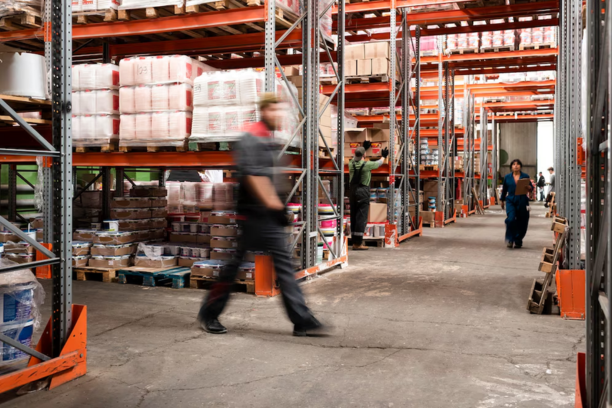Introduction
Building codes are regulatory standards set by local authorities to ensure safety, structural integrity, and adherence to specific guidelines in construction and installations. In the context of rack installation in warehouses and storage facilities, building codes play a crucial role in determining the safety, stability, and compliance of the racking systems. Understanding the influence of building codes on rack installation is paramount for businesses seeking to implement secure and compliant storage solutions.

The Impact of Building Codes on Rack Installation:
Structural Integrity and Safety Standards:
Building codes dictate specific structural requirements for rack installations to ensure they can withstand the intended load capacities. These codes include guidelines on materials, anchoring, weight distribution, and seismic considerations. Compliance with these standards ensures the safety of personnel working in and around the rack systems, reducing the risk of accidents or collapses.
Fire Safety and Emergency Regulations:
Building codes often incorporate fire safety regulations that impact rack installations. This includes provisions for aisle widths, sprinkler systems, and clearance heights to facilitate effective fire suppression and evacuation in case of emergencies. Adhering to these codes minimizes fire hazards and ensures compliance with safety protocols.
Accessibility and Clearance Requirements:
Building codes may specify minimum clearance requirements around rack installations for accessibility and safety purposes. These regulations ensure that aisles and walkways allow for safe movement of personnel, equipment, and emergency response in the event of an incident.
Compliance with Local Regulations:
Building codes vary between regions and municipalities, and compliance is mandatory within the specific jurisdiction. Installers must be well-versed with local codes and ensure that rack installations meet or exceed these regulations to obtain necessary permits and approvals.
Seismic Considerations:
In areas prone to seismic activity, building codes include provisions for rack installations to withstand earthquakes. Seismic considerations may require additional reinforcement or bracing to ensure stability and prevent rack collapse during seismic events.
The Importance of Adhering to Building Codes
Adhering to building codes during rack installation is not just a legal requirement but a critical step towards ensuring the safety of personnel and the protection of inventory. Failure to comply with these regulations can result in fines, legal liabilities, and, most importantly, compromised safety within the warehouse environment.

Conclusion:
Building codes significantly influence rack installation in warehouses, governing various aspects from structural integrity and safety standards to fire regulations and local compliance. Adhering to these codes is essential for ensuring the stability, safety, and regulatory compliance of rack systems within warehouse facilities. By understanding and following building codes, businesses prioritize safety, mitigate risks, and ensure the efficient and safe operation of their storage infrastructure. Investing in compliant rack installations not only meets regulatory requirements but also fosters a secure and optimized warehouse environment for employees and assets.
